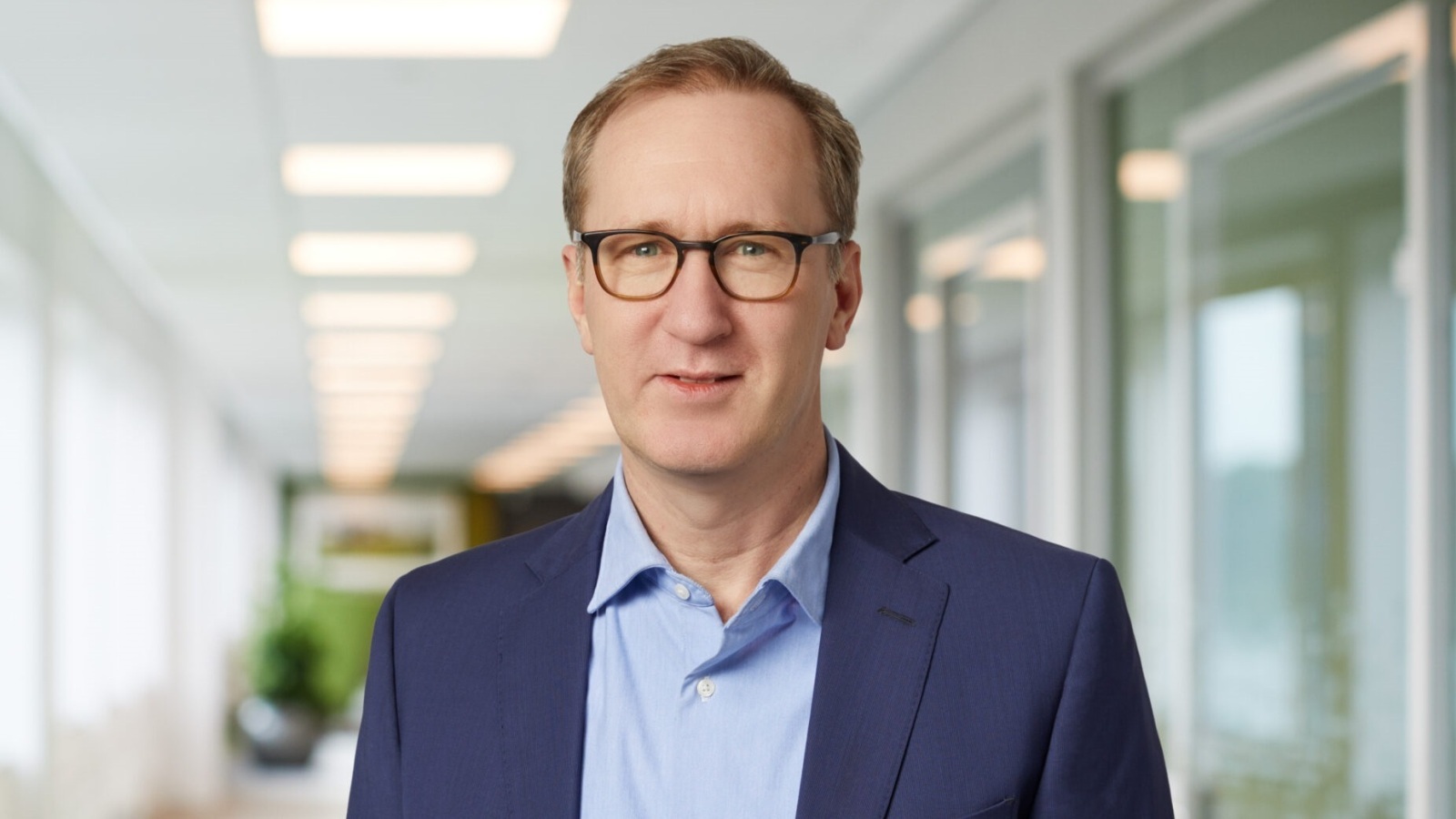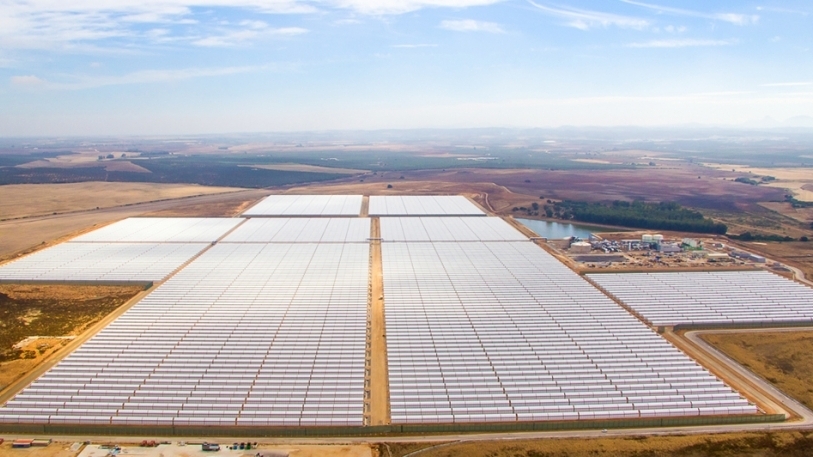
AP3’s head of sustainability on bringing down real world emissions
Net Zero Investor caught up with Fredric Nyström, head of sustainability & governance at Swedish pension giant AP3
Scandinavian investors are often cited as being at the forefront of net zero investment efforts around the world.
From Oslo to Helsinki, responsible investment chiefs and sustainability officers, particularly at the region's pension funds, have been formulating bold climate strategies, which are actively communicated to thousands of investee companies around the world via proactive engagement and stewardship initiatives.
The general perception among investors and corporates worldwide is, whoever invites a Scandinavian pension fund to join its pool of shareholders will be subject to greater climate scrutiny and encouraged to disclose more data and expected to adhere to stricter sustainability reporting requirements.
Swedish retirement scheme AP3 is no exception.
Tredje AP-Fonden, generally known as AP3, is a public pension located in Stockholm with roughly $46 billion in assets under management. Launched in 2001 as Sweden's third national pension fund, it is currently led by well-known industry insder Staffan Hansén.
To find out where AP3 stands in terms of sustainability investment efforts, and how it sees its and its peers' role in pushing the net zero agenda worldwide, Net Zero Investor caught up with Fredric Nyström, AP3's head of sustainability & governance.
Let start with your climate plan, which you published earlier this year and in which you outline a roadmap and specific goals for achieving net zero emissions in the portfolio by 2045 and for it to be aligned with the 1.5 degree target.
Yes, the content and targets have been formulated in line with the recommendations of PAII’s Net Zero Investment Framework, with a structure based on the TCFD’s guidelines. The status of each target is presented based on the latest full-year data. in which we describes our climate targets as well as ways to reach them. AP3’s long-term goal for the portfolio is to achieve net zero emissions by 2045.
Many pension funds and other investors are criticised for having a climate investment strategy in name only. Why is your approach different?
Our climate strategy rests on three principles – invest, engage, and avoid. In 2017, AP3 adopted the recommendations of the Task force on Climate-related Financial Disclosures (TCFD) as a means to identify and manage climate-related financial risks and opportunities in the portfolio. In 2021, AP3 also signed up to the Paris Aligned Investment Initiative (PAII).
In addition to that, four interim targets have been adopted in the following areas: emission reduction in the portfolio, investments in climate solutions, portfolio company alignment with the 1.5 degree target and a threshold level for engagement.
Since AP3 wants to contribute to a real reduction in emissions, the reduction in the portfolio will primarily be achieved by the companies in the portfolio reducing their emissions and transitioning their operations in line with the 1.5 degree target. The latter two target areas therefore aim to reflect changes in the companies’ climate work, and to ensure that AP3’s engagement and advocacy efforts are directed at the companies that account for the largest share of the portfolio’s financed emissions and are not already aligned with Net Zero 2050 and the 1.5 degree target.
So what characterises your approach?
It is systematic and focused. As part of our climate plan, we will focus our engagement work on the 55 high-emitting companies representing 70% of the carbon footprint in our investment portfolio. We have clear requirements for these companies. Even if they are big polluters today they need to have a plan that will align them with the 1.5 degree target in the Paris climate agreement. This plan should not only be approved by the company’s board but also validated by an external agency.
"Our approach is systematic and focused. We will focus our engagement work on the 55 high-emitting companies representing 70% of the carbon footprint in our investment portfolio."
AP3 is working to continuously improve our climate targets. Both the emission scope and the range of asset classes will gradually be expanded as the entire portfolio moves towards achieving net zero emissions by 2045.
Of course you cannot do this alone. How do you see the role of other pensions, in Scandinavia and elsewhere in the world, in driving the net zero agenda?
Achieving net zero need urgent actions from all actors in the financial value chain. During the spring we saw a number of oil majors backing away from their targets. Therefor it is important to align the voting between asset managers asset owners.
AP3 did support all climate resolutions filed at the oil majors, the few we are invested in, during the AGM season to address our concerns. At the same time, there didn’t seem to be a widespread level of support form most of the large asset managers. It is important that AP3 and other asset owners engage with this asset managers and it will be something we work with up until next AGM season.
Let's focus on your sustainable investment portfolio. How do you 'green' your investment portfolio? What do you look out for?
Limiting global warming to 1.5 degrees requires a transition that needs financing. According to the IEA’s Net Zero 2050 scenario, annual investments in fossil-free energy need to more than triple by 2030 compared to today. AP3 works to find favourable investment opportunities in climate solutions, including through green and sustainable bonds that finance projects involving climate or environmental improvement measures.
The principles of the International Capital Market Association (ICMA) are used to define green and sustainable bonds. Our goal is that 25% of our fixed income portfolio shall be invested in sustainable bonds by 2025. Currently we stand at 21% which means that we have invested 24 billion SEK into transformative businesses.
"Our view is that the responsibilities of the owner are broadly the same regardless of the size of the holding."
The Fund also invests in listed and unlisted companies with positive climate impacts and those that facilitate the transition in sectors such as forestry, infrastructure and technology. For example are we, together with the three other buffer fund, invested in the battery start-up Northvolt. Our view is that the responsibilities of the owner are broadly the same regardless of the size of the holding.
However, AP3 has different advocacy strategies depending on the size of its holding. In unlisted companies in which we own a 100 per cent or majority interest, such as the unlisted property companies Vasakronan, Hemsö, Trophi, Regio and Trenum we exert direct influence on strategy through board membership. This has been very successful. GRESB has ranked Vasakronan as the number one in Europe in the office segment and as the ninth most sustainable real estate company in the world. And during 2023 all companies have committed to Science Baset Targets, SBTi.
You earlier touched on engagement and active stewardship efforts, hot topics of conversation given the proxy season that is just behind us, tell us a bit more about your approach?
In addition to making informed and sustainable investment decisions, active stewardship is the key to success. The transition will not come automatically, it will require committed and persistent investors. It is positive to see that more and more institutions are putting resources into engagement. This also applies to AP3, which in 2022 expanded the sustainability and governance group.
"Because you have to be aware that engagement and active stewardship take time and require resources, it is important to work long-term and persistently."
So can you tell us a bit about your voting choices and proxy moves?
AP3 has gradually increased its voting activity at foreign AGMs and, in the 12-month period July 2022 – June 2023, the Fund voted on more than 13,000 resolutions at all 1,050 foreign portfolio companies’ AGMs. We quite often have a dissenting view on the resolutions presented at AGMs. Hence, AP3 abstained from voting or voted against the board’s recommendation on almost three out of ten resolutions at the AGMs. This high level of ‘No’ votes at foreign AGMs shows how many companies that do not meet AP3’s strict requirements regarding sustainability issues.
Finally, anything else you'd like to say, add or share with NZI readers?
There is no net zero without also taking human rights into consideration. The transition to a low-carbon world will only be successful if it is socially acceptable. Human rights and climate change are interconnected and should be addressed together. A just transition when investors and companies seeks to minimise the negative externalities of the shift to a low-carbon economy, while maximising the positive externalities involved is essential. And we believe that investors have a major role to play in facilitating a socially acceptable environmental transition.
Also read
PGGM: ‘Effective stewardship is vital for net zero commitments’



